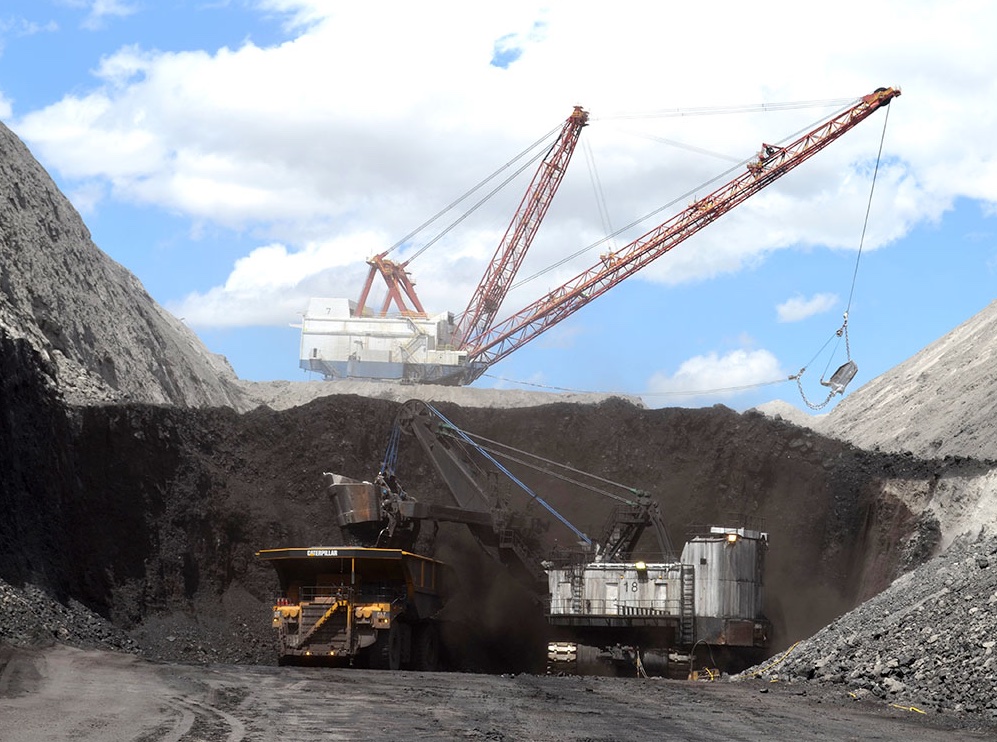Coal is formed in a natural process known as coalification. This occurs when peat, which is made up of plant material and other organic matter, is subjected to high temperatures and pressures over millions of years. As coalification progresses, the peat transforms into coal with different properties based on its rank (the higher the rank, the coal’s higher carbon content). During coalification, coal absorbs methane and other gases as well as small amounts of minerals. By the end of coalification, coal is composed mostly of carbon along with other elements such as hydrogen, oxygen, nitrogen and sulfur. Coal can also contain traces of mercury and arsenic. Therefore, coal that is mined today not only has been naturally made, but it can also contain elements that are hazardous to human health. It is important to note coal’s natural formation process, as it can be beneficial for understanding coal products and their associated hazards. Additionally, knowledge of coal’s natural formation process is also essential for coal exploration and production. Thus, coal has been naturally made through a long process of coalification over millions of years. This coalification process has resulted in coal deposits that are mined to fuel our energy needs and provide critical economic benefits.
By understanding coal’s natural formation process, we can strive for responsible coal production and continue to benefit from coal’s energy potential. coalification is the process of coal formation from organic material, and it occurs in two stages: peatification and coalification. Peatification involves the accumulation of organic matter in an oxygen-reduced environment over the course of several years or decades. This organic matter then undergoes a coalification process, which involves intense heat and pressure that converts the organic material into coal. As coalification progresses, the coal becomes denser and richer in carbon content, resulting in different coal grades that range from lignite to anthracite. The coalification process also releases several byproducts such as methane, ethane and propane, which are natural gases that are then used for energy generation. Coal is also rich in several minerals and metals such as iron, zinc and aluminum, which are then extracted through coal mining.
By understanding the coalification process, coal can be used as a reliable source of energy generation for many countries around the world. However, coal usage also comes with environmental costs such as air pollution and coal ash. Therefore, it is important to use coal in a sustainable way to protect the environment and ensure its continued availability for future generations. coal is made naturally by a process called coalification. This involves the transformation of organic matter such as dead plants and animals into coal over millions of years through exposure to heat, pressure and other forms of energy. During coalification, coal is formed from carbon-containing substances including methane, ethane and propane, which are natural gases that are then converted into coal. This process of coalification occurs naturally in the environment, and coal is formed through a combination of time, temperature and pressure. Depending on factors such as coal source material, coal can form differently over time – from lignite to anthracite coal. Ultimately, coal is an important natural resource, but it is critical that we use coal responsibly. It is up to us as a society to ensure that coal is managed and used in an efficient, safe and sustainable manner.
In summary, coal is naturally made over millions of years through exposure to heat, pressure and other forms of energy. Coalification occurs naturally in the environment, where coal is formed from carbon-bearing materials such as biomass, coal beds and coal seams. As coal is naturally made, it is important to ensure that coal is used responsibly in order to maintain sustainable energy sources for the future.
